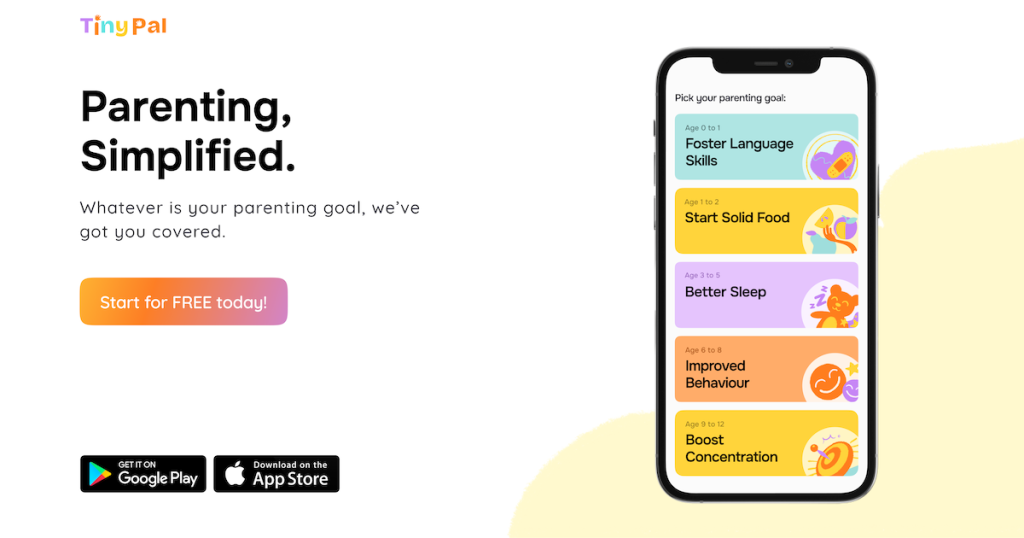How to Deal with Tantrums at Bedtime (Parenting Guide 2025)
The clock strikes 8:30 PM.
You’ve done everything right — dinner, bath, storytime — yet your child suddenly screams, “I don’t want to sleep!”
Five minutes later, there’s crying, kicking, and pleading for “just one more story.”
If this bedtime battle feels familiar, you’re not alone. Across the world, parents face the night-time tantrum storm — that emotional tug-of-war between exhaustion and independence.
The truth? Bedtime tantrums aren’t misbehavior — they’re anxiety, attachment, and overstimulation disguised as defiance.
Handled right, they become chances to build trust and emotional regulation — not nightly chaos.

Table of Contents
1. Why Bedtime Tantrums Happen
Every tantrum has a trigger — and bedtime has many:
- Separation anxiety: Kids don’t want to be away from you.
- Overtiredness: Exhaustion spikes irritability.
- Overstimulation: Screens or bright lights before bed make it hard to calm down.
- Loss of control: Saying “sleep” feels like losing freedom.
👉 The key insight: your child isn’t fighting sleep, they’re fighting transition.
2. The Psychology Behind Bedtime Resistance
According to Harvard’s Center on the Developing Child, bedtime triggers a mix of emotional and neurological responses — especially in toddlers.
- Their frontal cortex (logic center) shuts down faster under fatigue.
- The amygdala (emotion center) becomes hyperactive.
That’s why reasoning doesn’t work at night.
Your calm tone and consistent routine are the only tools that regulate their emotions.
3. Common Mistakes Parents Make
Even loving parents unintentionally feed bedtime tantrums by:
- Negotiating too much: (“One more cartoon, okay?”) → reinforces delay.
- Giving inconsistent responses: If bedtime rules change, the child tests limits daily.
- Overexplaining: Tired brains don’t process logic — keep communication simple.
- Reacting emotionally: Yelling increases anxiety. Calm is more powerful than command.

4. 7 Calm, Science-Backed Ways to Deal with Bedtime Tantrums
1. Create a Predictable Bedtime Routine
Kids thrive on pattern.
Dinner → Bath → Story → Lights off = emotional security.
According to the Sleep Foundation, consistent routines reduce bedtime tantrums by 68%.
2. Limit Screens 60 Minutes Before Bedtime
Blue light and dopamine spikes overstimulate the brain.
Replace screens with soft music, books, or family chat time.
3. Offer Transition Warnings
“Five minutes until bedtime” gives emotional prep time.
Sudden transitions = sudden meltdowns.
4. Empathize Before Enforcing
Say: “I know you don’t want to sleep yet. You’re having fun, but your body needs rest.”
Empathy calms the emotional brain faster than logic.
5. Use Calm Choices, Not Commands
Instead of “Go to bed now!” try:
“Do you want your teddy or your blanket tonight?”
Choices give control within limits.
6. Stay Present, Not Punitive
If your child cries, stay nearby quietly.
Your steady presence signals safety. Silence often soothes faster than scolding.
7. Reinforce Positive Nights
Celebrate mornings after calm bedtimes:
“You went to bed so peacefully last night — that was amazing!”
Positive reinforcement builds consistency.

Also Read: Ways to Stop Tantrums in Children
5. How to Prevent Future Bedtime Meltdowns
- Adjust nap schedules — overtired kids resist sleep more.
- Avoid sugar & screens before bed.
- Dim lights 30 minutes before bedtime.
- Use bedtime as connection time, not correction time.
- Track bedtime patterns using a parenting app — see what triggers resistance.
Apps like TinyPal Parenting App help you design personalized bedtime routines based on your child’s energy, age, and temperament.
6. Expert Guidance for Calmer Evenings (TinyPal Parenting App)
The TinyPal Parenting App gives parents:
- Bedtime tantrum scripts (tested by child psychologists).
- Emotion-calming exercises for pre-sleep routines.
- Personalized schedules aligned with your family’s rhythm.
- Step-by-step guidance to replace stress with calm connection.
TinyPal doesn’t just tell you what to do — it helps you practice calm parenting in real life.
👉 Download TinyPal Parenting App — your nightly peace partner.
7. FAQs
Q1. Why does my child cry before bed every night?
Because bedtime signals separation, fatigue, and loss of control. Calm consistency rebuilds safety.
Q2. How can I stop bedtime tantrums fast?
Lower stimulation, stay calm, and give two gentle choices. Avoid power struggles.
Q3. Should I ignore tantrums at bedtime?
Never ignore, but don’t overreact. Stay present and validate emotions calmly.
Q4. How long do bedtime tantrums last?
Most fade within 5–15 minutes when handled calmly and consistently.
Q5. Can parenting apps really help with bedtime tantrums?
Yes. Apps like TinyPal offer personalized scripts, soothing routines, and emotional coaching for calm nights.
Final Thoughts
Tantrums at bedtime aren’t battles to win — they’re opportunities to build emotional connection.
Your calm is the anchor that helps your child transition from chaos to comfort.
And with the TinyPal Parenting App, you don’t face bedtime meltdowns alone — you have an expert co-parent guiding you toward peace every night.
👉 Restore calm. Download TinyPal Parenting App.


1 thought on “How to Deal with Tantrums at Bedtime”